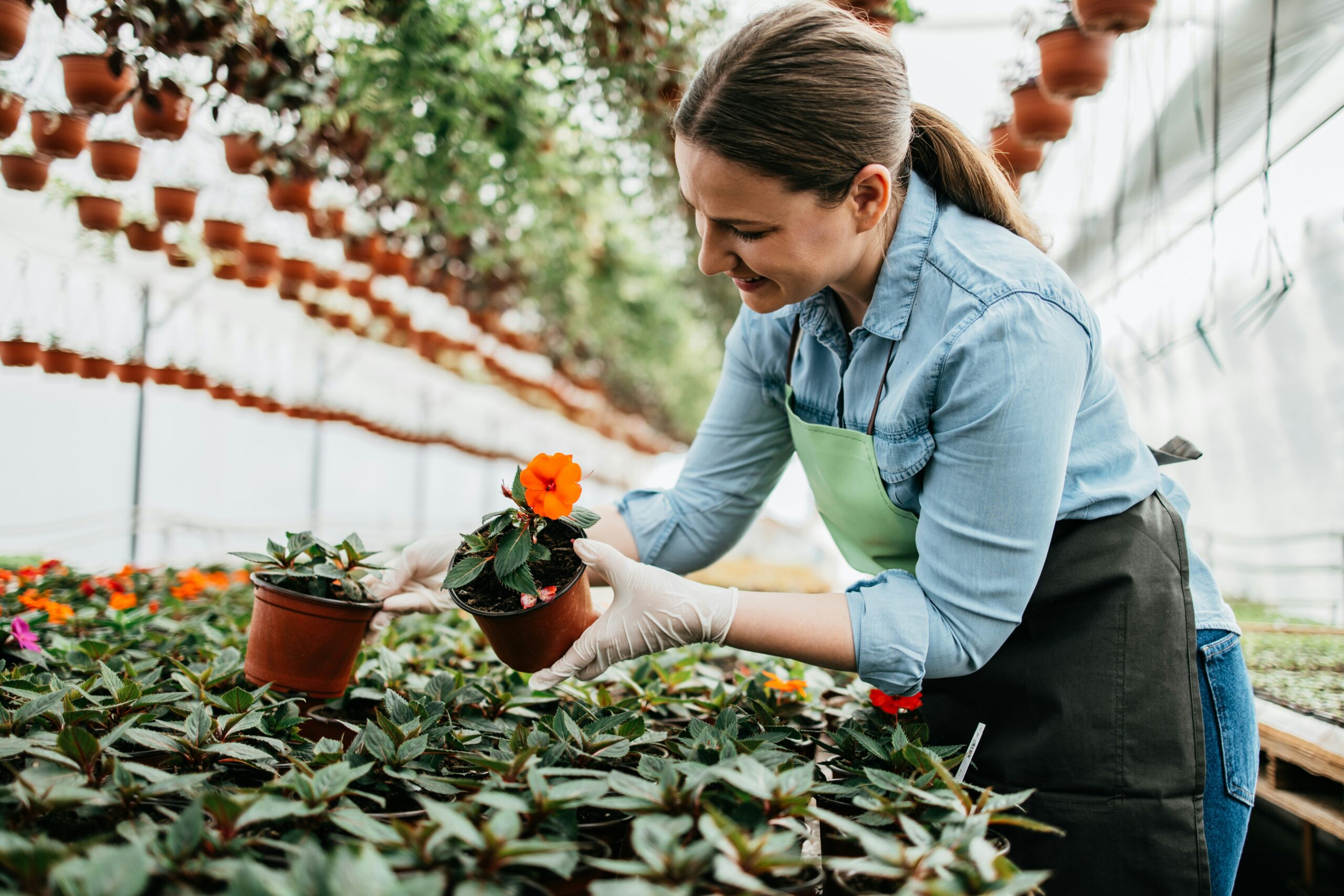
A Green Space for a Busy Mind
In a world where screens dominate and stress feels constant, many people are rediscovering the grounding power of tending to a garden. Whether it’s a small balcony herb box, a corner of a community plot, or a backyard filled with blooms, working with soil and plants offers a simple yet profound way to calm the mind. It’s not about being an expert gardener—it’s about slowing down, connecting with living things, and letting nature remind us to breathe.
Digging into Stress Relief
Few activities are as soothing as pressing your hands into the earth, pulling weeds, or gently watering young seedlings. Gardening engages both the body and the senses, which can help ease anxious thoughts. Psychologists often describe it as a form of “active meditation.” Instead of forcing your mind to quiet down, the rhythm of gardening naturally shifts focus away from worries and into the present. Even ten minutes of pruning or planting can create a noticeable sense of calm.
Plants as Companions in Healing
Many people describe their gardens as loyal friends. Watching a seed sprout and grow under your care fosters a sense of responsibility and connection. For individuals experiencing loneliness or grief, tending to plants can fill an emotional gap. A tomato vine or a thriving fern doesn’t replace human companionship, but it does provide daily reminders of growth, resilience, and beauty. These small victories—a bud opening or a basil leaf ready for harvest—can bring real joy to someone navigating difficult emotions.
The Mood-Lifting Power of Color and Scent
Nature has a subtle way of lifting spirits through colors and scents. Bright marigolds can spark energy, lavender can calm frayed nerves, and the scent of fresh mint can invigorate the senses. Designing a garden with mood in mind—placing fragrant flowers near a walkway or planting cheerful blooms near a window—offers simple, everyday therapy. These sensory details are not just pleasant extras; they’re gentle signals to the brain that encourage relaxation and happiness.
Building Routine and Purpose
Mental health often improves when life has structure and purpose. Gardening naturally creates both. Plants depend on consistency: watering schedules, pruning, and harvesting at the right time. These small but important tasks give people something meaningful to look forward to each day. For someone recovering from burnout, depression, or a period of uncertainty, caring for a garden can feel like caring for oneself. Over time, this daily responsibility builds confidence and restores a sense of control.
Gardens that Connect Communities
Beyond personal healing, gardens have the power to bring people together. Community gardening projects, for example, create shared spaces where neighbors exchange knowledge, food, and friendship. Working alongside others in a garden can reduce feelings of isolation while fostering belonging. Imagine meeting someone over a row of zucchini plants and leaving with both produce and a new connection. These small interactions can build stronger, more supportive communities.
Starting Small and Simple
One common misconception is that gardening requires a big yard, lots of time, or a green thumb. In truth, anyone can start with something as simple as a windowsill planter or a single potted plant. Herbs like basil, rosemary, or mint grow well in small spaces and provide instant sensory rewards. Succulents or snake plants thrive with little effort and can brighten a desk. The key is to begin small, experiment, and allow the process to unfold naturally without pressure for perfection.
Bringing the Outdoors In
For those without outdoor space, indoor gardening is just as powerful. Houseplants like peace lilies, pothos, or spider plants not only clean the air but also bring a refreshing sense of life into a home or office. Caring for indoor plants can be a quiet ritual—watering them with morning coffee, turning their leaves toward the light, or wiping off dust. These small acts of care reinforce mindfulness and invite nature into daily routines, even in the middle of a bustling city.